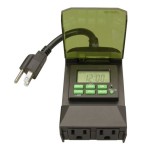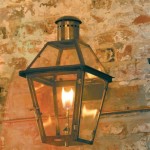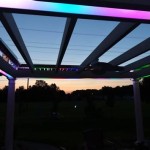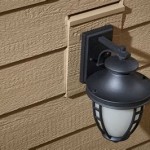Essential Aspects of Dimming Outdoor Landscape Lights
Creating an enchanting ambiance in your outdoor space requires meticulous attention to lighting. Dimming outdoor landscape lights offers a versatile and effective solution to enhance aesthetics, functionality, and energy efficiency. This guide will delve into the essential aspects of dimming outdoor landscape lights, empowering you to create an illuminated oasis that complements your nighttime experiences.
Dimming Methods
Choosing the appropriate dimming method is crucial to ensure seamless control and optimal performance. Consider the following options:
- Manual Dimming: Using a rotary dial or push button on the light fixture.
- Remote Dimming: Wireless control via a remote control or smartphone app.
- Smart Dimming: Integration with smart home systems for automated dimming based on schedules or environmental conditions.
Types of Dimmers
Selecting the right dimmer type is equally important. Common types include:
- Magnetic Low Voltage (MLV) Dimmers: Ideal for low-voltage lighting systems using magnetic transformers.
- Electronic Low Voltage (ELV) Dimmers: Designed for low-voltage lighting systems using electronic transformers.
- Triac Dimmers: Compatible with incandescent and halogen lights.
- 0-10V Dimmers: Used with LED lights and other fixtures supporting 0-10V dimming protocol.
Compatibility
Compatibility between dimmers and lights is essential for proper functionality. Ensure the following:
- Wattage: The dimmer's maximum wattage rating must exceed the total wattage of connected lights.
- Voltage: The dimmer's voltage range must match the voltage of the lighting system (typically 12V or 120V).
- Dimming Protocol: The dimmer's dimming protocol must be compatible with the lights' dimming capabilities.
Installation Considerations
Proper installation is paramount for safe and effective dimming. Follow these guidelines:
- Read Manufacturer's Instructions: Carefully review the dimmer and light fixture instructions for specific installation guidelines.
- Use Weatherproof Components: Select dimmers and enclosures rated for outdoor use to withstand harsh weather conditions.
- Secure Connections: Ensure all electrical connections are tight and weatherproof to prevent malfunction.
Benefits of Dimming
Dimming outdoor landscape lights offers numerous benefits:
- Enhanced Aesthetics: Adjust light intensity to create varying moods and highlight architectural features.
- Improved Energy Efficiency: Reduce energy consumption by dimming lights when full brightness is not required.
- Increased Functionality: Dim lights at night for subtle illumination without disturbing others or attracting insects.
- Extended Fixture Life: Dimming reduces heat buildup, prolonging the lifespan of light bulbs and fixtures.
Conclusion
Dimming outdoor landscape lights empowers you to create a captivating and functional outdoor environment. By understanding the essential aspects discussed above, you can select and install the appropriate dimming system that meets your specific needs. Whether it's for ambiance, energy efficiency, or enhanced functionality, dimming outdoor lights transforms your nighttime space into an enchanting haven that enhances your outdoor living experience.

How To Dim Low Voltage Led Landscape Lighting Info

The Do S And Don Ts Of Patio Lighting Oclights

Professional Lighting Ideas To Create The Perfect Mood In Your Yard Ald

How To Fix Dim Landscape Lights Complete Guide Thriving Yard

Simply Automated Pre Configured Simplysmart Landscape Outdoor Lighting Control Series

How To Light Your Landscape Lightology

Create A Landscape Lighting Design In 3 Easy Steps Super Bright Leds

Dimmer Led Landscape Lighting Manufacturer

Designing A Landscape Lighting System Ideas Advice Lamps Plus

An Overview Of Dimming Leds And How To Tell If Your Lights Are Dimmable







